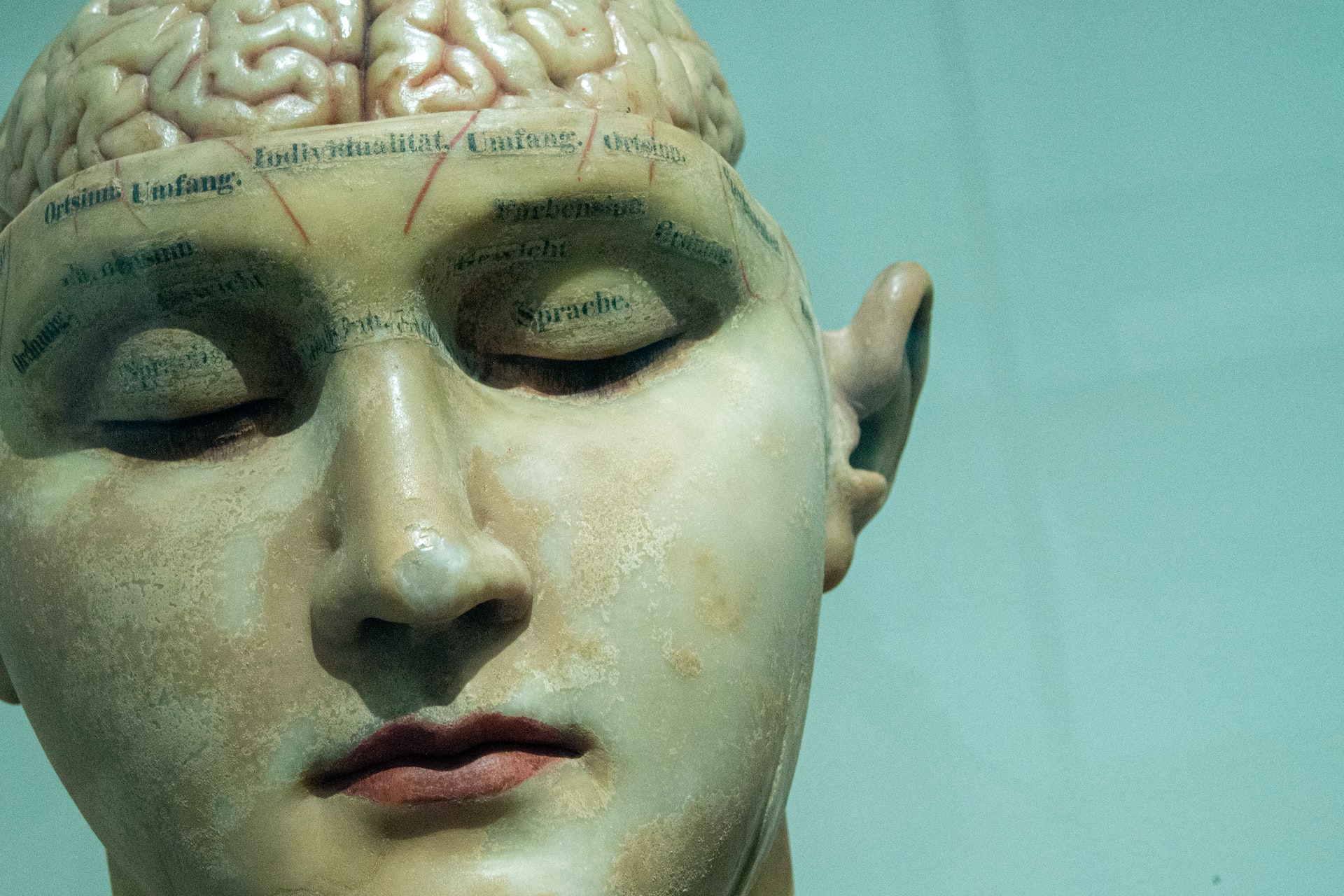Mitochondrial Fission and Fusion in Alzheimer’s
Alzheimer’s disease is a progressive neurological disorder that affects millions of people worldwide. It is characterized by a decline in cognitive function, memory loss, and eventually leads to the loss of basic motor skills. The exact cause of Alzheimer’s is still unknown, but it is believed that a combination of genetic and environmental factors plays a role in its development.
Recent studies have shown a potential link between mitochondrial fission and fusion and Alzheimer’s disease. Mitochondria are known as the powerhouses of our cells, responsible for producing energy in the form of ATP. But they also play a crucial role in maintaining cellular health and regulating cell death.
What is Mitochondrial Fission and Fusion?
Mitochondrial fission and fusion are two processes that help maintain the shape, size, and distribution of mitochondria within our cells. These processes are tightly regulated to ensure the proper functioning of mitochondria and, ultimately, our cells.
Fission is the process by which mitochondria divide into smaller units. It allows for the redistribution of essential components and ensures that damaged or dysfunctional mitochondria are eliminated through a process called mitophagy. Fusion, on the other hand, is the merging of two or more mitochondria to form a larger, healthier unit.
How Does Mitochondrial Fission and Fusion Relate to Alzheimer’s?
Studies have shown that there is a dysregulation of mitochondrial fission and fusion in the brains of individuals with Alzheimer’s disease. This dysregulation can lead to an imbalance between fission and fusion, which can contribute to the progression of the disease.
One study found that there was an increase in fission and a decrease in fusion in the brains of Alzheimer’s patients. This imbalance led to fragmented and dysfunctional mitochondria, which are unable to produce enough energy for the cells to function properly. As a result, there is a decrease in ATP production, which can lead to neuronal cell death.
Furthermore, the accumulation of amyloid-beta plaques, a hallmark of Alzheimer’s, has been shown to disrupt mitochondrial dynamics. These plaques can cause damage to the mitochondrial membrane, leading to an increase in fission and a decrease in fusion. This disruption can further contribute to the progression of the disease.
The Role of Mitochondrial Fission and Fusion in Brain Health
Maintaining a balance between fission and fusion is crucial for maintaining brain health and preventing neurodegenerative diseases like Alzheimer’s. Studies have shown that when there is an imbalance in these processes, it can lead to increased oxidative stress, inflammation, and ultimately neuronal cell death.
Moreover, mitochondrial dysfunction has been linked to other age-related diseases such as Parkinson’s and Huntington’s. Therefore, understanding the role of mitochondrial fission and fusion in brain health can have significant implications not only for Alzheimer’s but also for other neurodegenerative diseases.
Potential Therapeutic Targets
The dysregulation of mitochondrial fission and fusion in Alzheimer’s disease opens up new potential therapeutic targets for the treatment and prevention of the disease. One approach is to target specific proteins involved in regulating these processes, such as Drp1 for fission and Mfn1/2 for fusion.
Several studies have shown promising results in animal models by targeting these proteins. For example, inhibiting Drp1 has been shown to reduce amyloid-beta production and improve cognitive function in mice with Alzheimer’s.
Another potential approach is to target the communication between mitochondria and the endoplasmic reticulum (ER). The ER is responsible for regulating cellular calcium levels, which play a crucial role in mitochondrial fission and fusion. Disrupting this communication has been shown to restore mitochondrial dynamics and improve cognitive function in animal models.
Conclusion
In summary, the dysregulation of mitochondrial fission and fusion has emerged as a potential contributing factor in the development and progression of Alzheimer’s disease. Maintaining a balance between these processes is critical for maintaining brain health and preventing neurodegenerative diseases.
Further research into understanding the mechanisms behind this dysregulation and developing therapeutic strategies to target it could lead to significant advancements in the treatment and prevention of Alzheimer’s. By targeting mitochondrial dynamics, we may be able to slow down the progression of the disease and improve the lives of those affected by it.





